In recent times, Vietnam has implemented many policies related to the development of green and clean energy such as: National Strategy on Green Growth for the period 2021-2030, vision to 2050; Vietnam National Energy Development Strategy to 2030, vision to 2045; National Power Development Plan for the period 2021-2030, vision to 2050 (Power Plan VIII)... With advantages in geography and climate, wind energy and solar energy are among the solutions prioritized for development and application in the above policies.
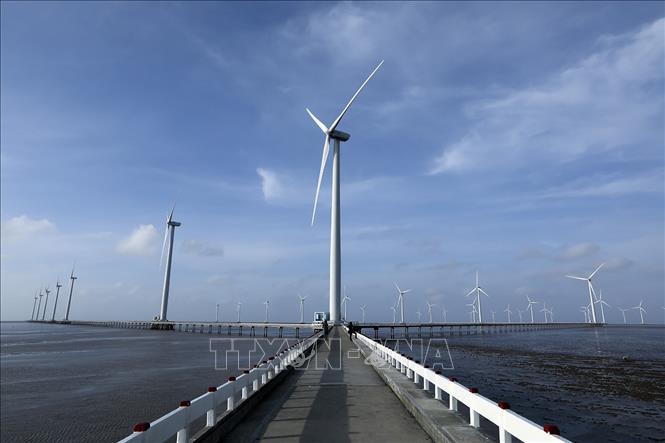
Bac Lieu Wind Power Plant has 62 power turbines with a total estimated capacity of 99MW. Photo: Phan Tuan Anh/VNA
Regarding wind energy, in Vietnam, the plains, coastal areas and some areas with good wind speeds have invested in building large-capacity wind power projects to connect to the national grid. However, the exploitation of wind energy resources is still not commensurate with the available potential, especially in areas with medium and low wind speeds; the design and development of wind turbine blade models suitable for the climate and terrain conditions of each region has not been specifically studied, especially in areas with low wind speeds.
Based on the above facts, the research team at the Center for Research and Development of Renewable Energy Technology, Institute of Energy and Environmental Science and Technology (Vietnam Academy of Science and Technology) has carried out the Academy-level project "Research on design, simulation and manufacturing of wind turbine blade models suitable for low wind speeds in Vietnam" (code: VAST07.01/22-23). The objective of the research is to design and simulate a wind turbine blade model that operates effectively in low wind speed conditions, typical of Vietnam, in order to improve operating efficiency and reduce production costs, promoting technological autonomy in the field of renewable energy.
Dr. Le Quang Sang, Project Leader, said that the research team has successfully developed new wind turbine blade models based on some original blade models that were previously available on the market. The new blade models are optimized in shape to increase aerodynamic efficiency by adjusting parameters such as maximum thickness, maximum thickness position, maximum curvature and maximum curvature position. Simulation results using Ansys Fluent software (the most powerful hydrodynamic calculation software) show that the new blade models have higher aerodynamic efficiency than the original blade models.
The research team also completed the simulation process and manufactured realistic blade models that were tested in the wind tunnel of the Institute of Mechanical Engineering, Hanoi University of Science and Technology. These blade models not only improve aerodynamic performance but also open up opportunities for the development of complete small-capacity wind turbine blades, meeting the needs of sustainable energy development for rural, remote and isolated areas and other areas with low wind speeds.
In this study, scientists have successfully developed and manufactured 5 wind turbine blade models including: VAST-EPU-E387, VAST-EPU-S1010, VAST-EPU-S1223, VAST-EPU-NACA0009 and VAST-EPU-NACA6409, with dimensions of 25 x 15 (10) x (3 - 5) cm. The blade models are made from composite materials, ensuring durability and efficiency in low wind speed conditions and are currently kept at the Institute of Energy and Environmental Science and Technology. In addition, the research team also completed 5 sets of detailed design drawings for new blade models, serving research and application deployment in the future. The research results have been published in prestigious national and international scientific articles such as in international journals in the SCIE/Scopus category referring to aerodynamic analysis and potential for offshore wind power development in Vietnam.
Dr. Le Quang Sang shared that the research is an important initial step to continue perfecting and developing wind turbine blades suitable for low wind speed conditions in Vietnam, aiming to exploit wind energy more effectively. In the coming time, the research team will focus on improving the design and manufacturing process of complete blades, especially smoothing the surface of the blade model and choosing more suitable materials to reduce the drag coefficient of the blade model. In addition, the application of modern tools such as artificial intelligence (AI) to the design will be considered to improve aerodynamic efficiency.
Professor, Dr. Trinh Van Tuyen, member of the Scientific Council of the Institute of Energy and Environmental Science and Technology, assessed that this research has marked an important step forward in the design and manufacture of wind turbine blades specifically for low wind speed regions. The highlight of the research is the ability to improve aerodynamic performance compared to traditional blade designs, thanks to the application of modern design methods using advanced computational fluid dynamics (CFD) simulation software. The research results not only meet the requirements for operational efficiency but also open up opportunities for practical applications, contributing significantly to increasing the ability to exploit wind energy resources in Vietnam.


![[Photo] General Secretary To Lam receives Japanese Ambassador to Vietnam Ito Naoki](https://vstatic.vietnam.vn/vietnam/resource/IMAGE/2025/4/3/3a5d233bc09d4928ac9bfed97674be98)
![[Photo] A brief moment of rest for the rescue force of the Vietnam People's Army](https://vstatic.vietnam.vn/vietnam/resource/IMAGE/2025/4/3/a2c91fa05dc04293a4b64cfd27ed4dbe)
![[Photo] Prime Minister Pham Minh Chinh chairs the first meeting of the Steering Committee on Regional and International Financial Centers](https://vstatic.vietnam.vn/vietnam/resource/IMAGE/2025/4/3/47dc687989d4479d95a1dce4466edd32)

![[Photo] Prime Minister Pham Minh Chinh chairs meeting after US announces reciprocal tariffs](https://vstatic.vietnam.vn/vietnam/resource/IMAGE/2025/4/3/ee90a2786c0a45d7868de039cef4a712)
![[Photo] Ho Chi Minh City speeds up sidewalk repair work before April 30 holiday](https://vstatic.vietnam.vn/vietnam/resource/IMAGE/2025/4/3/17f78833a36f4ba5a9bae215703da710)
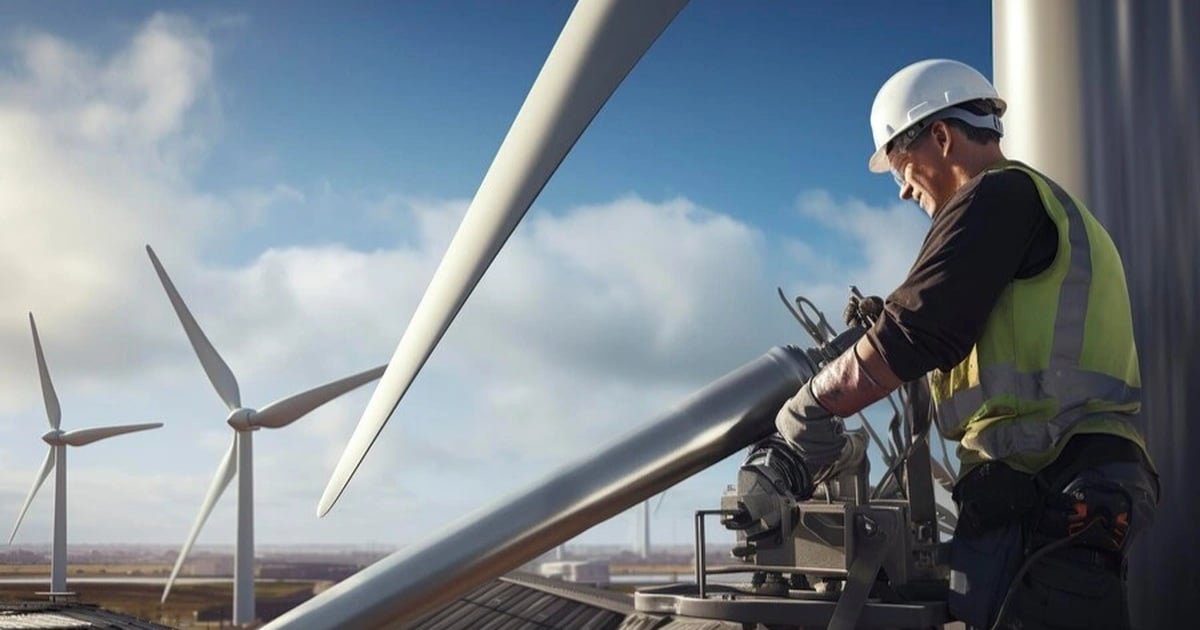

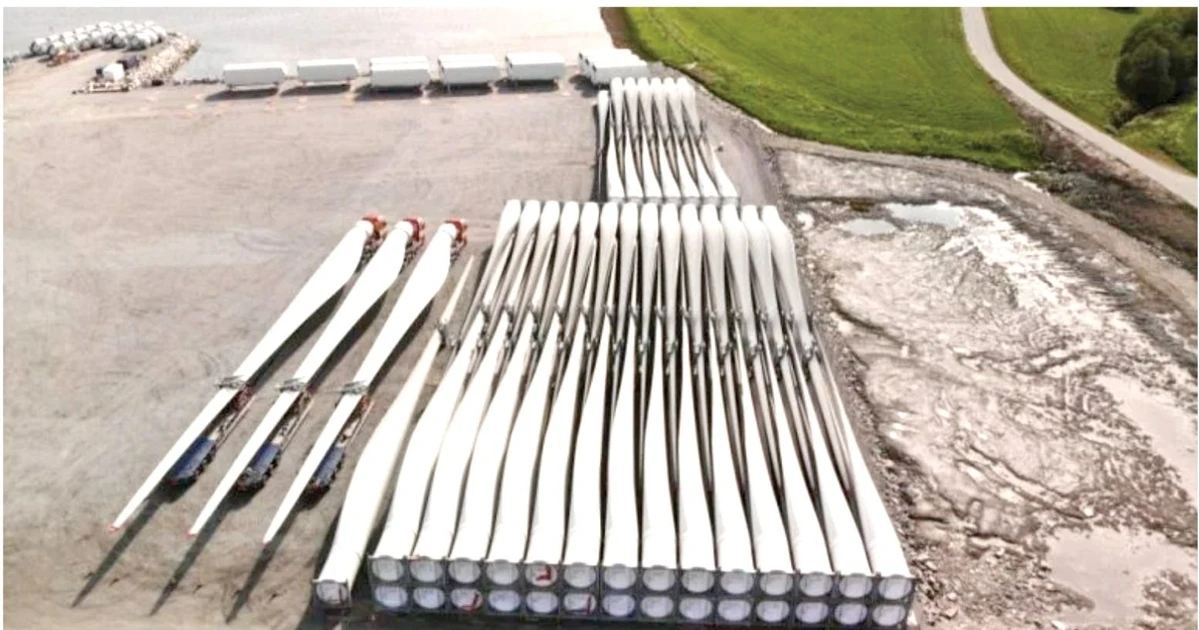

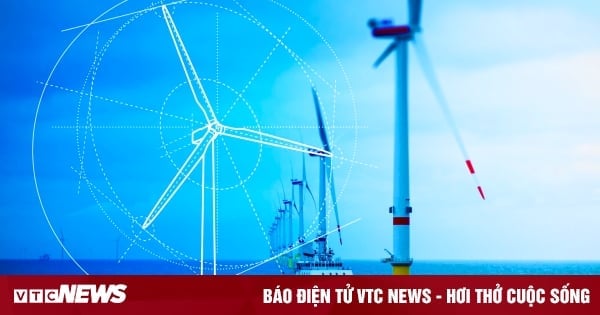












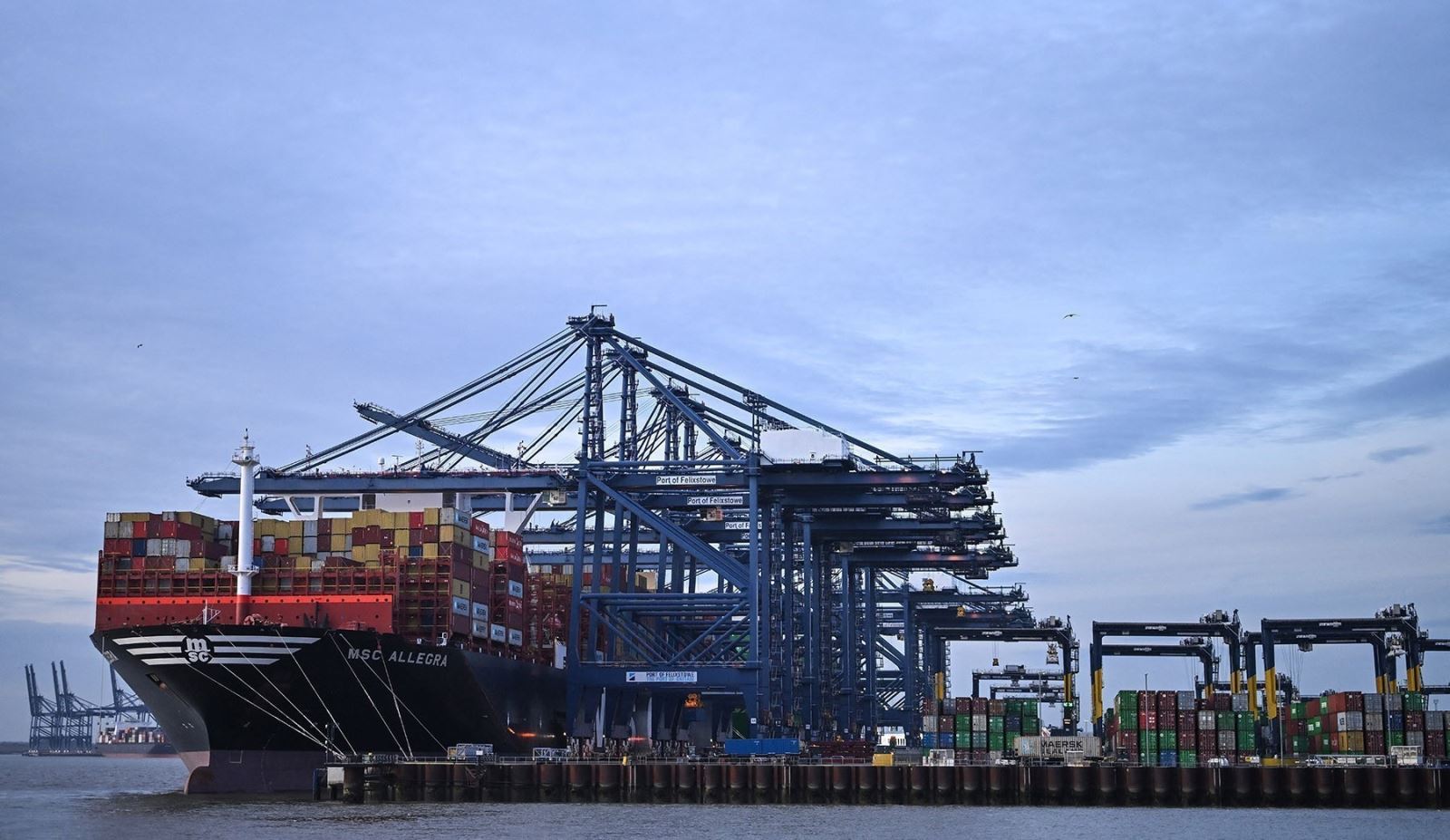
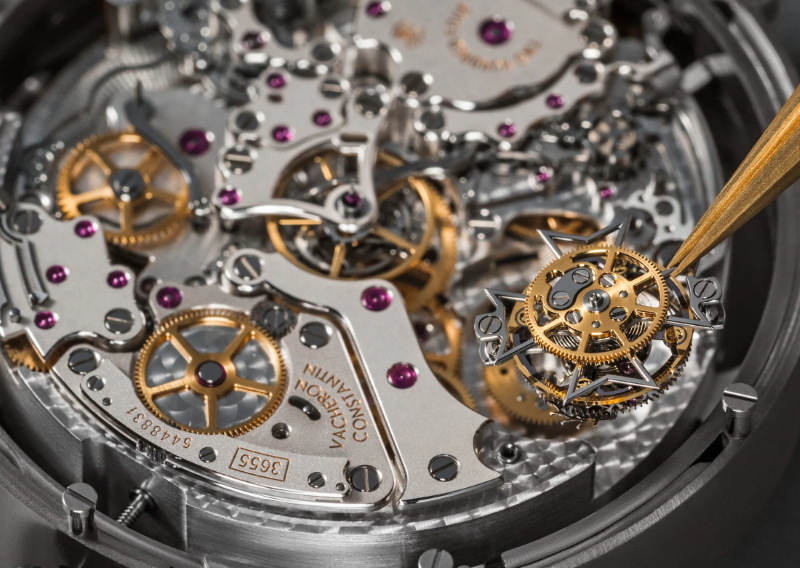














































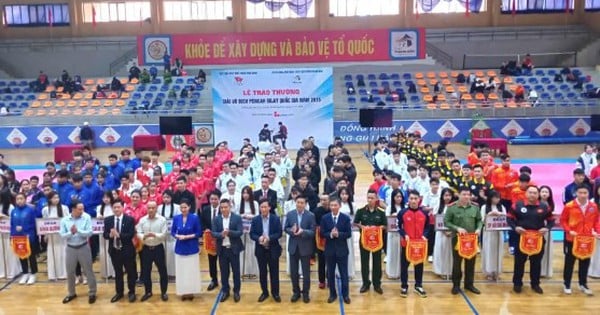



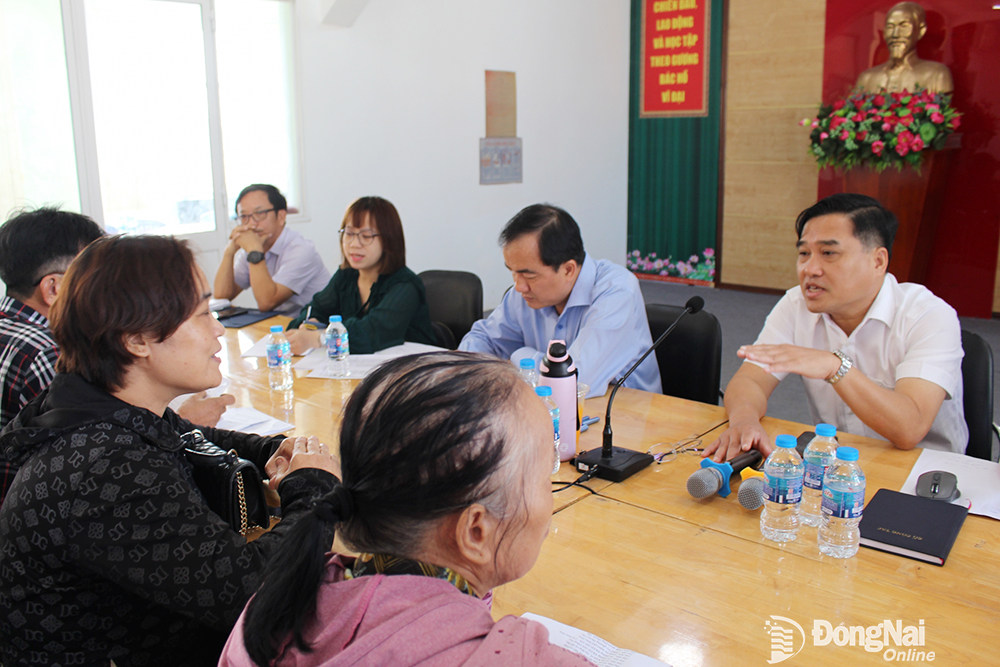


















Comment (0)